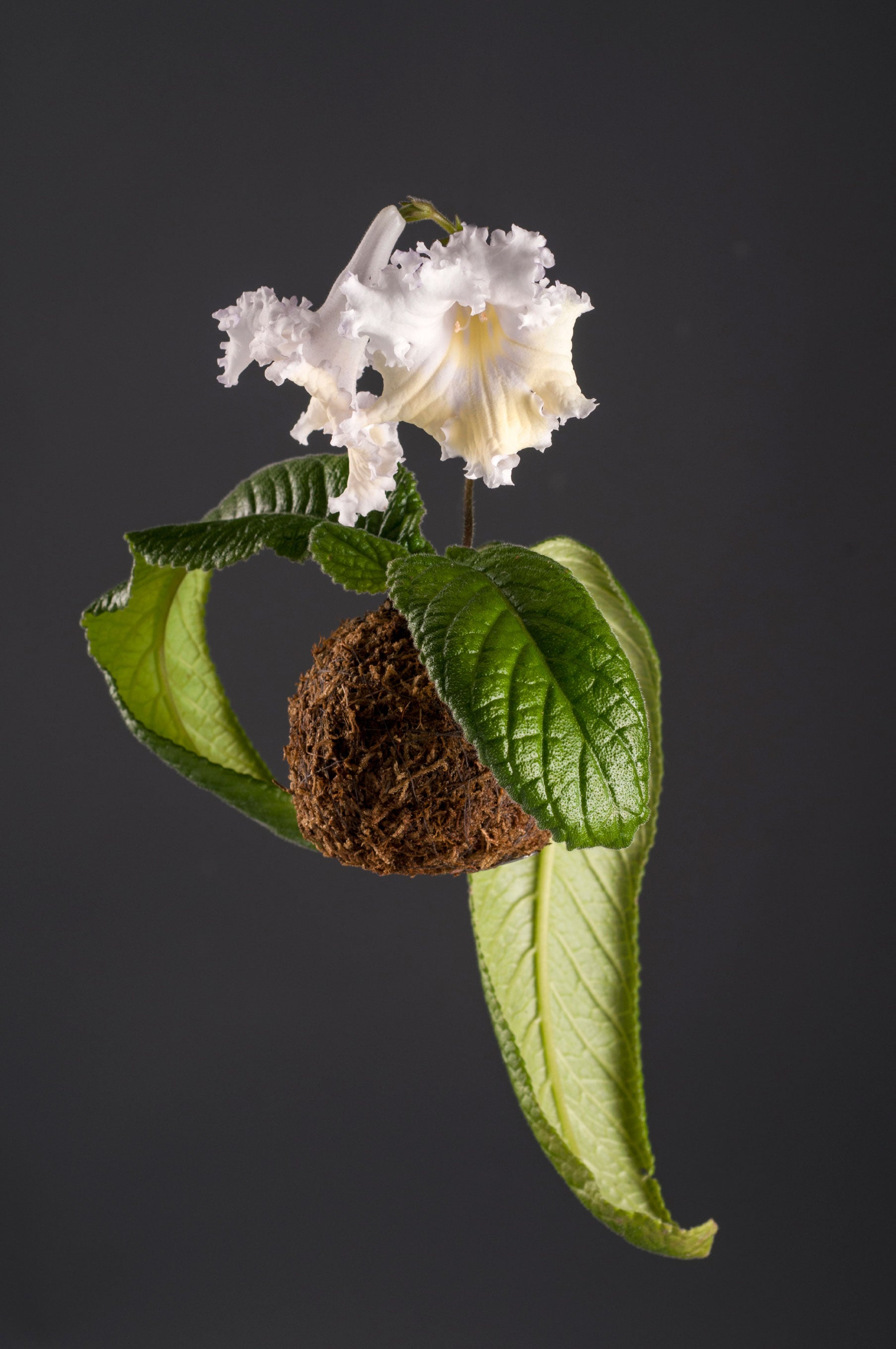Streptocarpus Information: How To Care For Streptocarpus Houseplants

If you love the look of African violets but find them a bit too difficult to grow, try a pot or two of their hardier cousins, the Streptocarpus or cape primrose. It's said that growing Streptocarpus plants is good training for African violets because their requirements are similar, but cape primrose isn't as delicate. Their blooms look very similar to African violets with their purple, pink, and white hues, but cape primroses also possess red varieties in brilliant colors. The leaves are wrinkled and thick with a fuzzy texture and make an attractive houseplant all by themselves. Streptocarpus information is readily available, making these plants a good choice for novice growers.
Streptocarpus Care Indoors
Learning how to care for Streptocarpus is a matter of matching the plant to the environment. The cape primrose is very similar to humans when it comes to finding a comfortable home. They like the air around them to be relatively cool, around 70 degrees F. (21 C.) during the day and about 10 degrees cooler at night. This plant loves light, but direct sunlight can burn foliage. A home with an east or west-facing window is perfect, but if a southern view is all you have, you can slip a sheer curtain between the plant and the windowpane to diffuse the worst of the glare.
Tips for Growing Streptocarpus Plants
The easiest way to kill off your Streptocarpus plant is by overwatering it. Give your Streptocarpus care and attention but offer it a little bit of neglect when it comes to moisture. Make sure the planting medium has very good drainage and allows it to dry out between watering. Propagating Streptocarpus can be a simple and enjoyable hobby. It's very easy to create dozens of baby plants, increasing your collection and creating new plants for gifts. Cut off a large, healthy leaf with a clean razor blade and slice out the central vein, leaving two leaf halves. Plant the halves in rich potting soil by standing them up with the cut side down. Keep the leaf halves moist until they start to sprout. After a few weeks, you will see baby plants forming along the cut edges of the leaves, sometimes as many as a couple dozen from each leaf. Separate the plantlets once they are growing and healthy and plant each one in an individual pot.
Sign up for the Gardening Know How newsletter today and receive a free copy of our e-book "How to Grow Delicious Tomatoes".